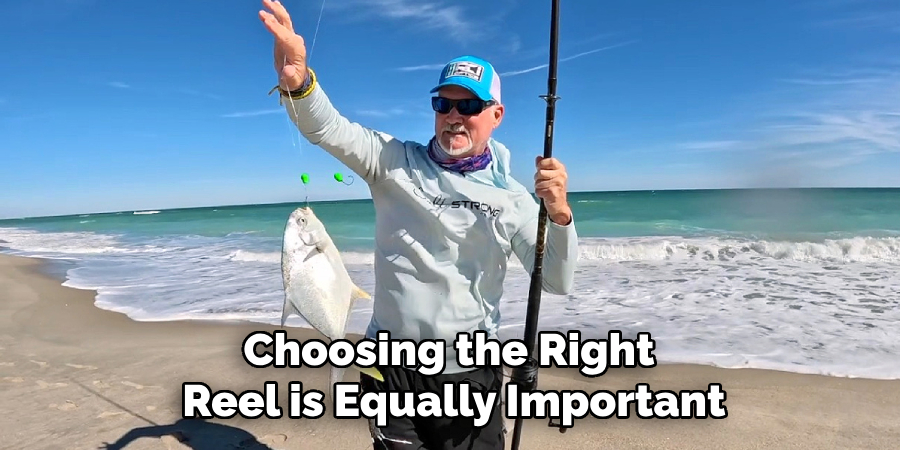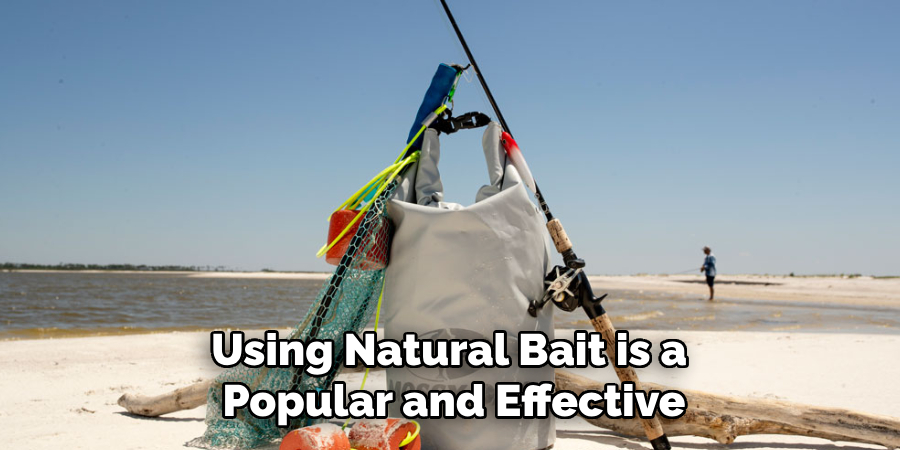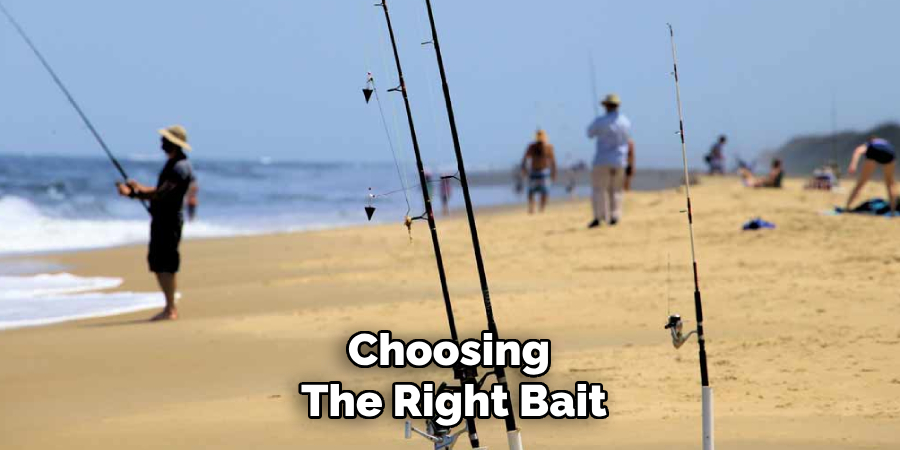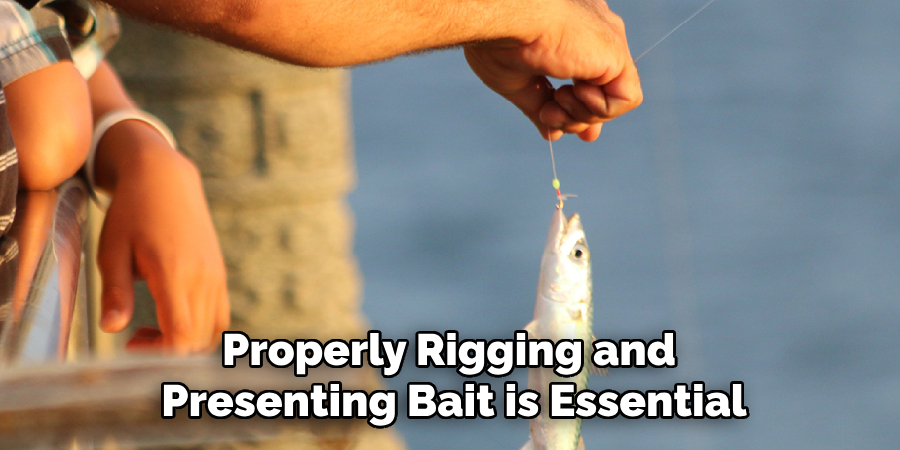Beach fishing is a time-honored activity that involves angling from the shore rather than from a boat or pier. It offers a serene and immersive experience, combining the joys of fishing with the beauty of coastal landscapes. This form of fishing has gained immense popularity due to its accessibility and the wide variety of fish species that can be caught. Whether you are an experienced angler or a beginner, understanding how to beach fish can greatly enhance your chances of a successful day by the water.
This article aims to provide a comprehensive guide on how to beach fish, covering essential techniques, gear recommendations, and tips for choosing the best fishing spots. By the end, you’ll be well-equipped to enjoy this relaxing and rewarding hobby.

Understanding Beach Fishing
Beach fishing, also known as surf fishing, is the method of catching fish directly from the shoreline or sandy beach. This practice distinguishes itself by allowing anglers to cast their lines from the edge of the sea, often right where the waves break. Unlike boat or pier fishing, beach fishing requires no specialized infrastructure, making it accessible to almost anyone with the right equipment.
Key characteristics of beach fishing include the use of long rods, typically 10 to 14 feet, designed to cast bait or lures far beyond the breaking waves. An essential skill in beach fishing is reading the surf, as understanding wave patterns, tides, and underwater structures can significantly influence success. Moreover, beach fishing often involves the use of heavier sinkers to keep the bait stable in the dynamic surf environment.
Compared to other types of fishing, beach fishing offers the advantage of mobility and simplicity. Unlike boat fishing, there is no need to manage a vessel or navigate onto the water, and compared to pier fishing, it opens up endless possibilities along miles of shoreline.

Common species targeted in beach fishing include a variety of saltwater fish such as striped bass, redfish, bluefish, and flounder. Depending on the region and season, anglers might also catch pompano, sea trout, or mackerel. Understanding these differences and characteristics makes beach fishing a uniquely versatile and popular angling method.
Essential Gear for Beach Fishing
Rods and Reels
Recommended Rod Lengths and Strengths
When it comes to beach fishing, rod length and strength are crucial factors. Typically, rods ranging from 10 to 14 feet are recommended. Longer rods provide the leverage needed to cast baits far beyond the breaking waves and into deeper waters where fish are more likely to be found. Rod strength should also be considered, with medium to heavy action rods being ideal for handling the powerful surf and larger fish frequently encountered in beach fishing.
Ideal Reel Types and Sizes
Choosing the right reel is equally important. Spinning reels are commonly used for beach fishing due to their ease of use and ability to handle long casts and heavy lines. Reels should generally be sized between 6000 and 8000, offering the capacity to hold ample line and withstand the forces exerted by both the waves and the fish. Ensure the reel has a robust drag system to cope with the surges and runs of larger fish.
Lines and Terminal Tackle
Types of Fishing Lines Suitable for Beach Fishing
Fishing lines suitable for beach fishing need to be both strong and abrasion-resistant. Braided lines, with their high strength and low stretch, are excellent for long-distance casting. Monofilament lines can also be used, particularly for their shock-absorbing qualities. Line strength typically ranges from 15 to 30 pounds, depending on the targeted fish species and conditions.
Essential Terminal Tackle (Hooks, Sinkers, Swivels)
Terminal tackle plays a vital role in a successful beach fishing setup. Essential items include hooks, sinkers, and swivels. Circle hooks are preferred for their higher hook-up rates and fish-friendly design. Pyramid sinkers are beneficial for anchoring bait in the shifting surf. Swivels help prevent line twists when using lively baits or in turbulent waters.

Additional Equipment
Sand Spikes and Rod Holders
Sand spikes and rod holders are indispensable for beach anglers. They provide a secure place to rest rods while waiting for a bite. These tools keep the rods stable and accessible, allowing anglers to tend to other tasks or relax without missing any fishing action.
Tackle Boxes, Bait Containers, and Other Accessories
A well-organized tackle box is essential for carrying hooks, lures, and other small items efficiently. Bait containers keep live or cut bait fresh and easily accessible. Additional accessories such as a comfortable beach chair, sun protection, and a cooler for your catch can enhance the overall beach fishing experience.
Selecting the Right Bait and Lures
Natural Baits
Using natural bait is a popular and effective choice for beach fishing. Common types of natural baits include worms, shrimp, and cut bait. Worms, such as sandworms and bloodworms, are particularly effective in attracting a variety of fish species. Shrimp, whether live or frozen, are universally appealing to many saltwater fish. Cut bait, which consists of pieces of fish such as mackerel or mullet, works well for larger predatory species.
Properly rigging and presenting natural baits can significantly affect your success. For worms and shrimp, a simple fish-finder rig with a circle hook ensures the bait remains appealing and is easy for the fish to swallow. When using cut bait, hooking the bait through the tougher sections or skin helps it stay on longer in the surf.
Artificial Lures
Artificial lures offer an alternative to natural bait and are effective in beach fishing under the right conditions. Common types of lures include jigs, spoons, and soft plastics. Jigs, with their weighted heads and versatile applications, can mimic various prey items. Spoons are ideal for their ability to reflect light and create vibrations, attracting fish from a distance. Soft plastics shaped like baitfish or crustaceans can be particularly enticing to predatory species.

Techniques for using artificial lures in beach fishing involve casting beyond the breaking waves and using a retrieve that mimics the natural movement of prey. Slow, steady retrieves and irregular jerks can both be effective, depending on the targeted species and water conditions.
Matching Bait to Target Species
Choosing the right bait or lure involves understanding the preferences of the species you are targeting. Using cut bait or live fish is often effective for common beach species like striped bass. Redfish and sea trout might respond better to shrimp and soft plastic lures. Bluefish are particularly attracted to shiny spoons and cut bait.
Seasonal and local bait preferences also play a role in your bait selection. For example, during the summer months, shrimp and sand crabs might be more abundant and thus more effective, whereas in cooler months, cut bait and worms can yield better results. Always consider the local ecosystem and the natural prey available to make the best bait choices for a successful beach fishing experience.

How to Beach Fish: Techniques for Effective Beach Fishing
Reading the Beach
Mastering the art of beach fishing begins with the ability to read the beach. Identifying productive fishing spots such as sandbars, troughs, and rips is crucial. Sandbars are elevated sections of the seabed, often visible as areas where the waves are breaking further out from the shore.
Fish frequently patrol along the edges of these bars in search of food. Troughs, which are deeper channels of water between sandbars and the shore, act as natural highways for fish. Rips, or rip currents, are strong, localized currents moving away from shore, drawing baitfish and the predators that follow them. By understanding these features, anglers can strategically position themselves where fish are likely to be congregating.
Understanding tidal movements and their impact on fishing can dramatically enhance your beach fishing success. As the tide rises and falls, it influences fish behavior and their feeding patterns. Generally, the period leading up to and just after high tide, known as the slack tide, is often considered the best time for beach fishing. During these times, fish move closer to the shore in search of food, making them more accessible to anglers. Observing local tidal charts and planning your fishing trips around these movements can optimize your chances of hooking a good catch.
Casting Techniques
Effective casting from the beach requires both skill and technique to maximize distance and accuracy. Position yourself perpendicular to the waves and use your body’s rotation to add power to your cast. A long, smooth motion, starting from your legs and traveling through your upper body to your arms, helps achieve the maximum distance. Practice different casting techniques, such as the overhead cast or sidearm cast, in less crowded areas to find what works best for you.
Accuracy is just as important as distance. Pinpointing your casts near sandbars, troughs, or structures where fish are likely to be hiding increases your chances of success. Using a bright fishing line or making marks in the sand can help you consistently land your bait in productive areas.
Bait Presentation
Properly rigging and presenting bait is essential to effectively attracting fish. The way the bait is presented can make a significant difference in enticing fish to bite. Using a fish-finder rig for natural bait can keep the bait close to the bottom, where many fish feed. When hooking live bait, ensure the hook placement does not hinder the bait’s natural movement, making it more appealing.
It is important to adjust bait presentation according to water conditions and fish behavior. A heavier sinker may be needed in rough surf to keep the bait in place, while calmer waters may allow for a lighter setup. Experimenting with different rigs and techniques can lead to greater success.
Hook Setting and Playing Fish
Setting the hook from the beach can be challenging due to the distance between you and the fish. When you feel a bite, resist the urge to immediately yank the rod. Instead, wait for a steady pull, indicating the fish has taken the bait fully. A firm, swift upward motion of the rod tip usually ensures a solid hook set.

Playing and landing fish in the surf requires patience and skill. Once hooked, keep steady pressure on the fish, maintaining a straight line between the rod and the catch. Use the waves to your advantage, reeling in as the water recedes and holding steady when the waves push in. As the fish tires, gradually bring it toward the shore, ensuring a smooth landing. By following these techniques, you can effectively manage the challenges of beach fishing and improve your overall success.
Conclusion
Successful beach fishing hinges on mastering key techniques and understanding the environment. Start by selecting appropriate gear and matching your bait to the target species, employing lures that mimic local prey. Reading the beach’s contours and knowing tidal movements can pinpoint the most productive fishing spots. Refine your casting techniques to achieve distance and accuracy, and focus on bait presentation to draw in fish. Hook setting and playing the fish require patience and precision. Anglers are encouraged to apply these strategies, continually learning and adapting them to local conditions.
The joy of beach fishing lies not only in the catch but also in the serenity of the shoreline and the thrill of the challenge. Whether you’re a seasoned angler or a novice learning how to beach fish, the rewards are immense. Each trip offers the chance to connect with nature, hone your skills, and experience the excitement of landing a fish in the surf.
About the Author
Jennifer Branett is the author of Fishy Kayak and an expert in fish-related fields, with over 10 years of experience. Her work blends passion for fishing with a commitment to conservation.
Educational Background
Degree: Bachelor’s in Marine Biology
Institution: University of California, Santa Barbara
Specializations: Aquatic ecosystems, fish behavior, and sustainable practices
Professional Experience
Conservation Projects:
Collaborated with local organizations to restore aquatic habitats
Developed educational programs on sustainable fishing practices
Publications:
Authored articles for fishing magazines and environmental journals
Featured speaker at fishing expos and conservation conferences
Key Areas of Expertise
Fishing Techniques:
Kayak fishing strategies
Freshwater and saltwater fishing methods
Environmental Stewardship:
Advocacy for sustainable fishing
Promoting biodiversity in aquatic environments
Awards and Recognition
Recipient of the [Specific Award Name] for contributions to marine conservation
Recognized as a leading voice in the fishing community by [Organization/Publication Name]
Community Engagement
Workshops and Seminars:
Regularly hosts events to educate anglers on sustainable practices
Engages with youth programs to inspire the next generation of fishers
Online Presence:
Maintains an active blog sharing tips, stories, and conservation efforts
Engages with followers on social media to promote fishing ethics
Personal Interests
Enjoys kayaking in scenic locations
Passionate about photography, capturing the beauty of nature
Advocates for local conservation efforts in her community
